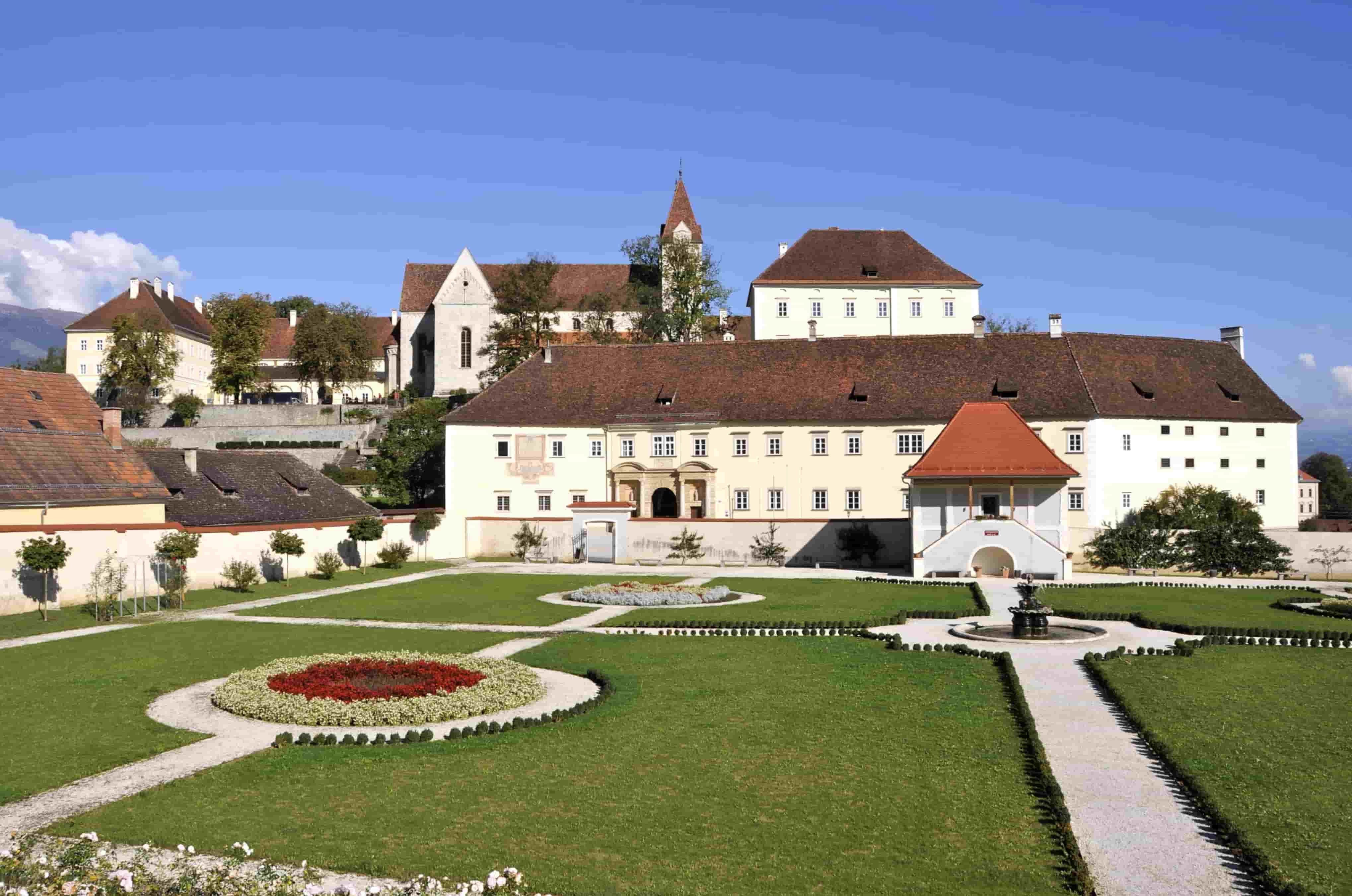
St. Paul’s Abbey in Lavanttal is a hidden gem nestled in the Austrian Alps. This Benedictine monastery, founded in 1091, boasts a rich history and stunning architecture. Why should you care about St. Paul’s Abbey? Because it’s not just a religious site; it’s a treasure trove of art, culture, and history. From its ancient manuscripts to its breathtaking frescoes, the abbey offers a glimpse into medieval life. Did you know that it houses one of the oldest libraries in Austria? Whether you’re a history buff, art lover, or just curious, St. Paul’s Abbey has something for everyone. Ready to learn more? Let’s dive into 15 fascinating facts about this remarkable place.
History of St. Paul’s Abbey, Lavanttal
St. Paul’s Abbey in Lavanttal, Austria, is a Benedictine monastery with a rich history. Founded in the 11th century, it has been a center of religious and cultural life for nearly a millennium.
-
Founded in 1091: The abbey was established by Count Engelbert I of Spanheim. It was intended to serve as a spiritual center for the region.
-
Romanesque Architecture: The original structure was built in the Romanesque style, characterized by thick walls, round arches, and sturdy pillars.
-
Gothic Renovations: In the 14th century, the abbey underwent significant Gothic renovations, adding pointed arches, ribbed vaults, and flying buttresses.
Cultural Significance
The abbey is not just a religious site; it has played a crucial role in the cultural development of the region. Its library and art collections are particularly noteworthy.
-
Extensive Library: The abbey houses a library with over 180,000 volumes, including rare manuscripts and incunabula (books printed before 1501).
-
Art Collection: The abbey's art collection includes works from the Middle Ages to the Baroque period, featuring paintings, sculptures, and liturgical objects.
-
Music Tradition: St. Paul’s Abbey has a long tradition of sacred music, with a choir that has been active for centuries.
Architectural Marvels
The abbey's architecture is a blend of various styles, reflecting its long history and the different periods of construction and renovation.
-
Baroque Elements: In the 17th century, Baroque elements were added to the abbey, including ornate altars, frescoes, and stucco decorations.
-
Cloister: The cloister, a covered walkway surrounding a courtyard, is one of the most serene parts of the abbey, featuring Gothic arches and a peaceful garden.
-
Bell Tower: The bell tower, added in the 18th century, is a prominent feature of the abbey's skyline, offering panoramic views of the Lavanttal valley.
Historical Events
St. Paul’s Abbey has witnessed numerous historical events, from medieval conflicts to modern-day celebrations.
-
Napoleonic Wars: During the Napoleonic Wars, the abbey was occupied by French troops, causing significant damage to its structures and treasures.
-
World War II: The abbey was used as a military hospital during World War II, which led to further wear and tear on the building.
-
Restoration Efforts: Extensive restoration efforts have been undertaken in recent decades to preserve the abbey's historical and architectural integrity.
Modern-Day Relevance
Today, St. Paul’s Abbey continues to be a place of worship, cultural heritage, and community activities.
-
Tourist Attraction: The abbey attracts thousands of tourists each year, drawn by its historical significance, architectural beauty, and cultural offerings.
-
Educational Programs: The abbey hosts educational programs and workshops on topics ranging from theology to art history.
-
Community Hub: The abbey serves as a community hub, hosting events, concerts, and festivals that bring people together from all walks of life.
Final Thoughts on St. Paul’s Abbey, Lavanttal
St. Paul’s Abbey, Lavanttal, stands as a testament to history, culture, and architectural brilliance. Founded in 1091, this Benedictine monastery has weathered centuries, preserving its rich heritage. The abbey's library, housing over 180,000 volumes, is a treasure trove for scholars and history buffs alike. Its art collection, featuring works from the Gothic to Baroque periods, offers a visual feast for visitors. The abbey church, with its stunning frescoes and intricate woodwork, showcases the craftsmanship of bygone eras. Beyond its historical and artistic significance, the abbey remains a living community, continuing the Benedictine tradition of prayer and work. Whether you're a history enthusiast, an art lover, or simply seeking a serene retreat, St. Paul’s Abbey, Lavanttal, promises a memorable experience. Its enduring legacy invites us to reflect on the past while appreciating the present.
Was this page helpful?
Our commitment to delivering trustworthy and engaging content is at the heart of what we do. Each fact on our site is contributed by real users like you, bringing a wealth of diverse insights and information. To ensure the highest standards of accuracy and reliability, our dedicated editors meticulously review each submission. This process guarantees that the facts we share are not only fascinating but also credible. Trust in our commitment to quality and authenticity as you explore and learn with us.


